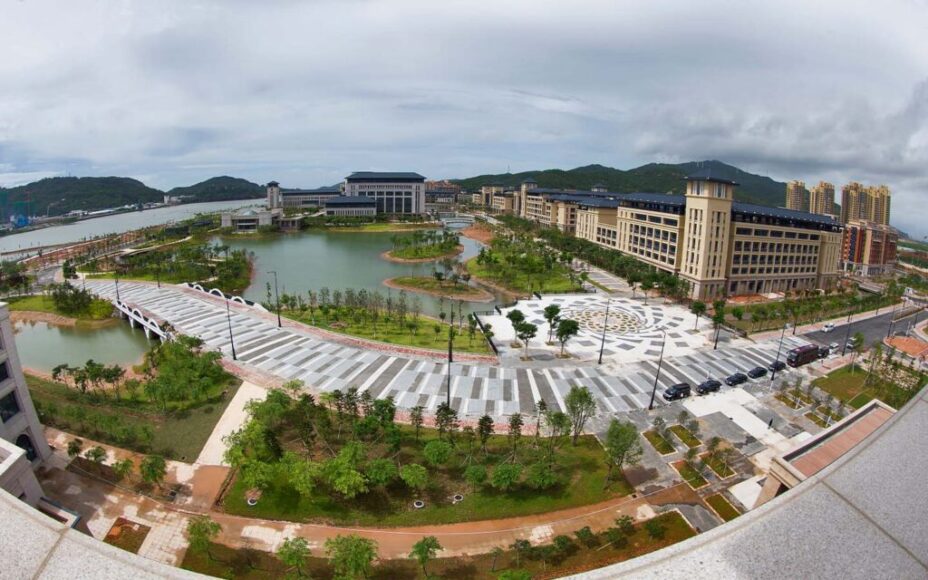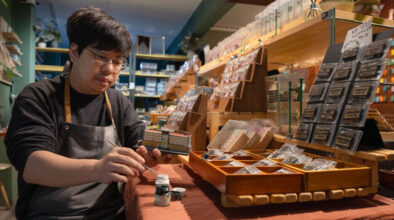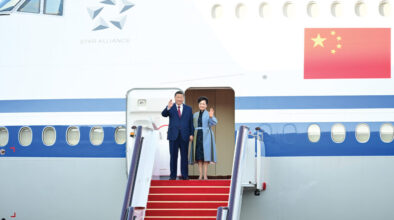Kevin Maher, a senior instructor in the University of Macau (UM) arts and humanities faculty, remembers when the institution operated from its hilltop campus in Taipa. Even from the second-floor corridors of most buildings, staff and students were treated to an unobstructed view of the Macao harbour – and embraced the cool sea air that came with it.
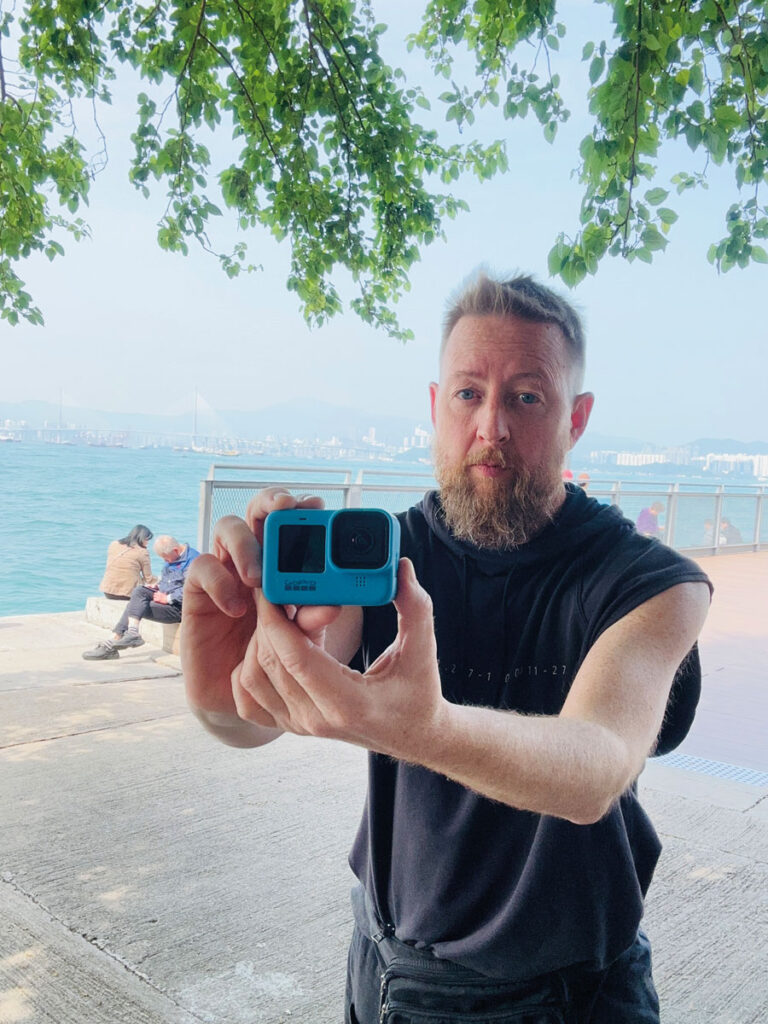
Panoramic scenery aside, the campus’ usable land area of just 54,000 square metres was limited. What UM lacked horizontally had to be compensated vertically, meaning narrow stairways connected adjacent buildings to facilitate the traffic flow of students, faculty and staff, the US-born educator tells Macao magazine. The steep topography meant each building’s ground floor was at a different level, which Maher describes as being a little disorienting during his first year at the university, in 2013.
UM spent more than three decades at the Taipa site, including its 10 years as the University of East Asia (the name change came in 1991). In 2014, it relocated to the mainland island of Hengqin – just across a narrow body of water from Macao. Given Macao’s shortage of land, the Special Administrative Region (SAR) government had agreed to lease a sizable plot from mainland authorities to help the university spread out. This was before the establishment of the Guangdong-Macao Intensive Cooperation Zone, which saw that region in Hengqin become an effective extension of Macao from 2021.
UM’s current Hengqin campus is roughly 20 times the size of its Taipa grounds, covering more than a square kilometre of reclaimed land. That allows for a far wider variety of buildings, and fewer stairs to climb. Maher remembers being “thoroughly impressed” by the on-site dormitories when he first surveyed the water-side location, an amenity the Taipa campus could not accommodate.
A new Hengqin campus is on its way
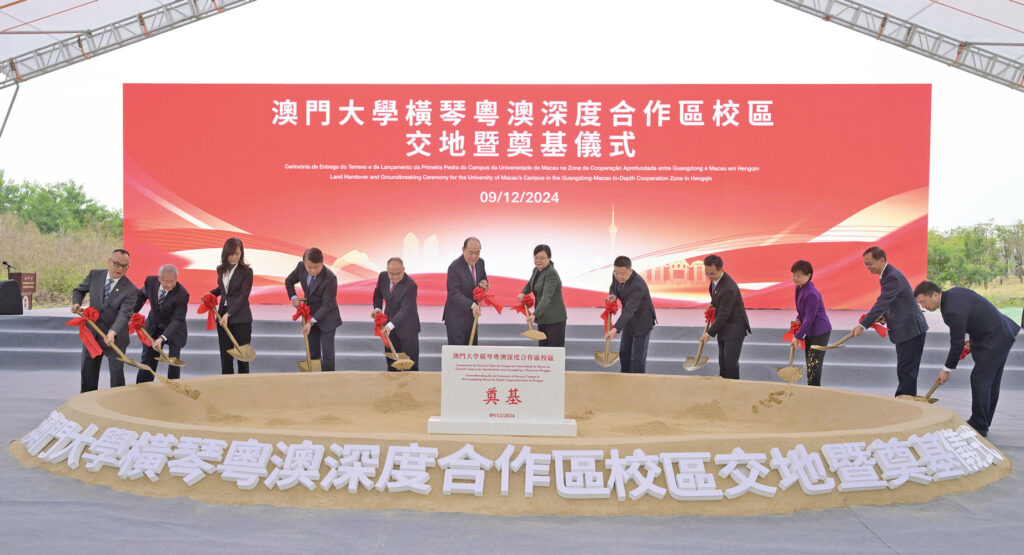
Photo courtesy of the Government Information Bureau
Over the past decade, those dormitories have helped house a student body growing ever bigger and more diverse. With over 15,000 students now attending UM, its roll has almost doubled in size since 2013. Growth has coincided with UM’s rising collegiate recognition: it now ranks 180th in the Times Higher Education (THE) World University Rankings, up from being in the 401th-500th category in 2016 (as far back as the rankings go). THE also has it as the 36th best university in Asia. These days, UM students regularly bag accolades on the global stage; the university is known for hosting talks by Nobel Laureates and staging exhibitions of paintings by French Impressionists; and it recently opened a state-of-the-art testing service for Traditional Chinese Medicine, demonstrating its commitment to being on the pulse of Macao’s economic diversification efforts.
As Macao works to diversify its economy and tighten ties within the Guangdong-Hong Kong-Macao Greater Bay Area (GBA), UM continues to increase its academic offerings – which in turn attracts more students. In fact, the university is on track to outgrow even its current campus. UM has reaffirmed its belief in the cooperation zone’s potential by planning a second campus 7 kilometres west of where it is now; the groundbreaking ceremony took place this past December. The new campus, expected to be ready by 2028, will add about 380,000 square metres to UM’s land bank and allow the university to accommodate more than 25,000 students between the two sites.
Last year, UM Rector Song Yonghua told media that the development would eventually house the university’s medicine, engineering and information technology faculties, “to meet the demand for the development of high-tech, big health and finance in Hengqin.”
Macao students of all ages are moving to Hengqin
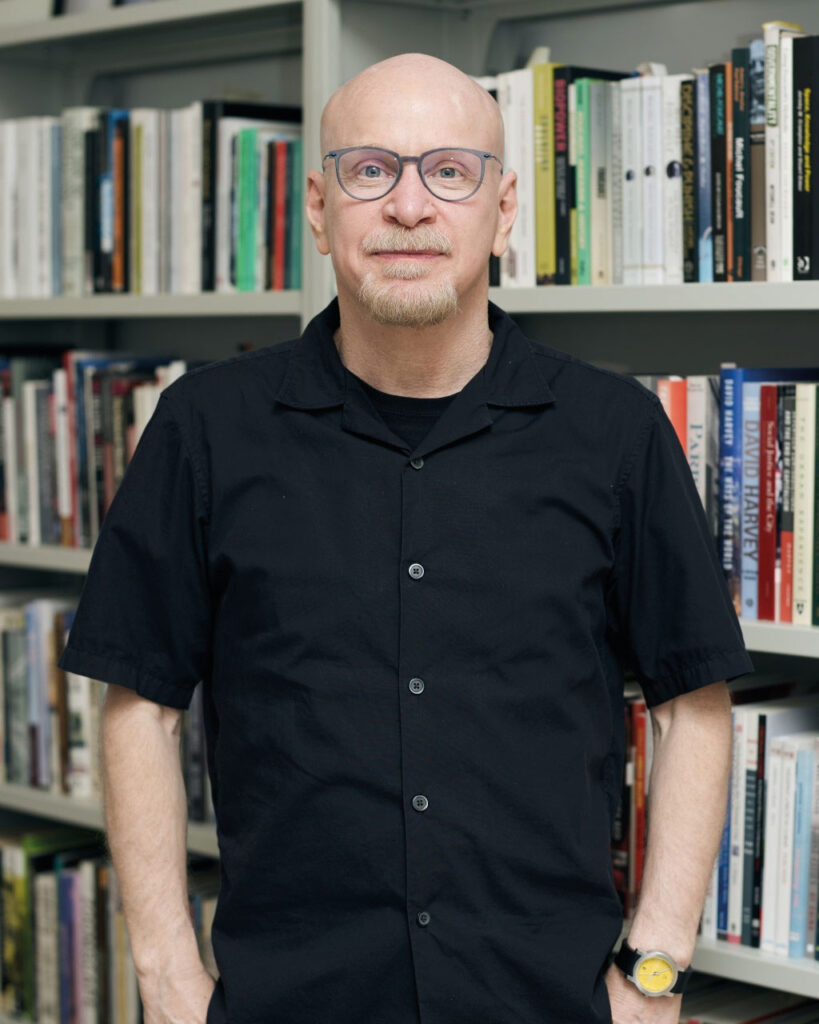
While both UM campuses will be geographically in Hengqin, the new one will be the university’s first outside the Macao government’s jurisdiction. This creates a potential roadmap for other Macao-based institutions experiencing growth amid space restrictions within the city, Tim Simpson, an associate professor at UM’s social sciences faculty, tells Macao magazine.
“The SARs and SEZs [special economic zones] – such as Zhuhai and Shenzhen – function as experimental sites for testing out new laws, regulations and policies,” he describes, adding that Hengqin has also been designated as a special site for ground-testing various economic policies.
Macao and Hengqin are complementary spaces, Simpson continues. He points to increasing integration between the regions both in terms of infrastructure (for example, there’s a new Hengqin station in Macao’s light rail system) and policy initiatives. Last year, Hengqin was officially designated an autonomous two-tier customs territory, easing the movement of people, goods, capital and information between it and Macao, which remains a separate customs jurisdiction to mainland China under the ‘One Country, Two Systems’ principle.
UM is not alone in leveraging these ties. The Macao University of Tourism (known by its Portuguese initials, UTM) has shown interest in expanding into Hengqin, too. With its main campus situated atop Macao Peninsula’s Mong Há Hill, the constraints on physical space mirror the challenges UM faced a decade earlier. Student enrolments at UTM increased by nearly a third last year, after the education provider originally called the Macao Institute for Tourism Studies upgraded its status to a university and expanded its postgraduate offerings.
The Macao University of Science and Technology (MUST) is also planning to establish presence in Hengqin. The university already operates one outpost on the mainland island, the Zhuhai MUST Science and Technology Research Institute (promoting participation in the Guangzhou-Shenzhen-Hong Kong-Macao Science and Technology Innovation Corridor). This houses the State Key Laboratory of Quality Research in Chinese Medicine and the State Key Laboratory of Lunar and Planetary Sciences, two national research platforms supported by China’s Ministry of Science and Technology.
The SAR’s schools are starting to venture into the cooperation zone, too. Last year saw the Hengqin School Affiliated to Hou Kong Middle School (a Macao institution founded in 1932) open within the cooperation zone’s Macau New Neighbourhood housing estate, and welcome more than 250 pupils. Macau New Neighbourhood is an integrated community encompassing residential, educational, health and social services, built primarily for Macao residents.
Policymakers estimate that by 2035, about 80,000 Macao residents will be working in Hengqin, and around 120,000 residents will be living there. As such, there’s a growing need for Macao-affiliated, Hengqin-based education providers.
‘There’s a lot of room for growth’
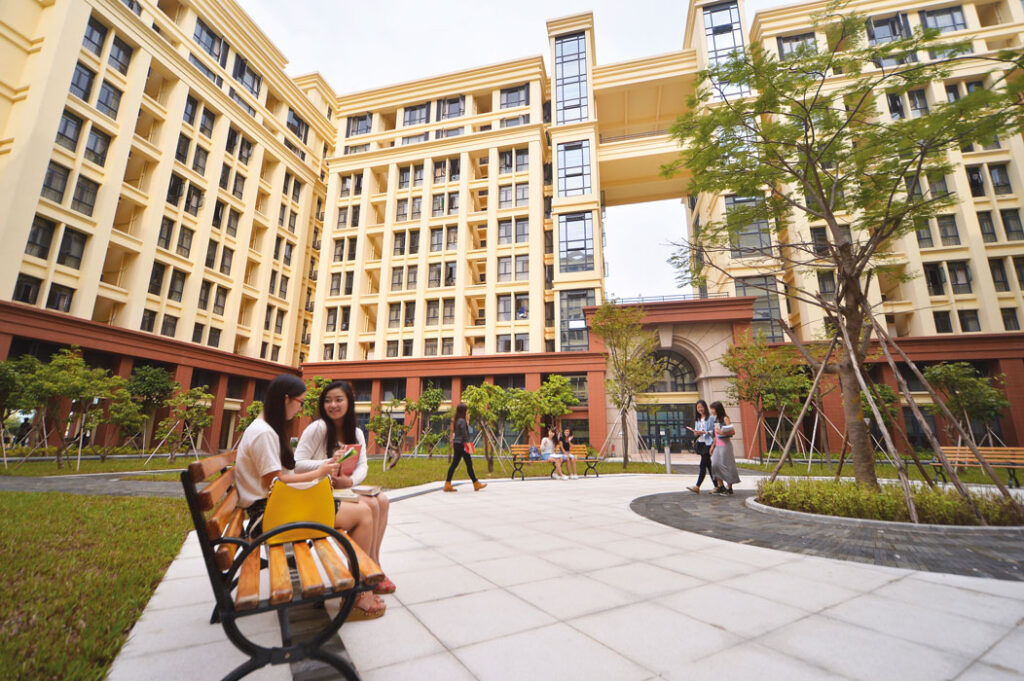
Maher no longer has a view of Macao’s harbour, but he enjoys gazing across at the city’s bright lights and bustling bridges from Hengqin. When not at work, Maher spends his time documenting the street life of both Macao and Hengqin – the former full of history and heritage, the latter strikingly modern. He shares educational videos of his adventures on his YouTube channel, Sidetracked.
“I’m a particular fan of the larger boulevards in Hengqin, which are common in major Chinese cities,” Maher enthuses. “I’m hoping that Hengqin can bring that feature closer to Macao, along with the energy that comes with it, allowing Macao to preserve its unique blend of old European and Chinese architectural styles.”
Maher says he’s looking forward to what the future holds for Hengqin and Macao. He sees the former as essential to allowing Macao to expand its educational offering, as well as for lifestyle and business opportunities for SAR residents.
“There’s a lot of room for growth, and it’s fascinating to witness this transformation in real-time, particularly at the starting point of that journey,” he shares. In the meantime, Maher appreciates the flat topography of UM’s current Hengqin campus, where the ground floor of each building is reassuringly on the same level.
